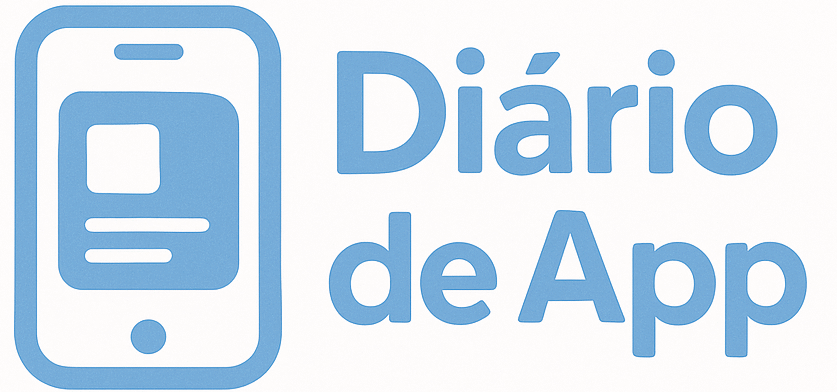Walk into any coffee shop or grocery store, and you’ll likely see bags labeled “coffee beans” and others marked “espresso beans.” At first glance, they might seem the same — after all, both come from the same plant. So what’s the real difference?
In this guide, we’ll break down the difference between coffee and espresso beans, how each is roasted and brewed, and when to use one over the other to get the best results in your cup.
Are Espresso Beans and Coffee Beans the Same?
Technically, yes — all espresso beans are coffee beans. The difference lies in how the beans are roasted, ground, and brewed.
So, while there’s no separate “espresso tree,” there are specific ways beans are processed and marketed to suit espresso-style brewing.
Key Differences Between Coffee and Espresso Beans
Let’s look at the main differences across roasting, grind, and brewing method:
1. Roast Level
- Espresso beans are typically roasted darker, which brings out rich, bold flavors and reduces acidity. This helps create the deep, syrupy texture associated with espresso.
- Coffee beans (for drip, pour-over, or French press) can range from light to medium to dark roasts, depending on the desired flavor profile.
Summary:
- Espresso = dark roast (generally)
- Coffee = any roast (light to dark)
2. Grind Size
- Espresso requires a very fine grind, like powdered sugar. This allows for high-pressure water to extract flavor quickly (in about 25–30 seconds).
- Coffee brewed using drip, pour-over, or French press uses coarser grinds, as these methods rely on gravity or immersion over a longer time.
Using the wrong grind can lead to weak, bitter, or sour coffee.
3. Brewing Method
- Espresso is made by forcing hot water through finely ground coffee at high pressure (9+ bars). It’s concentrated, intense, and served in small shots.
- Regular coffee is brewed more gently, often using gravity (like drip or pour-over) or immersion (like French press).
Because of this, espresso beans are chosen and roasted to withstand pressure and short brew times, while coffee beans can be more delicate and nuanced.
What Makes a Bean “Espresso?”
Roasters often label bags as “espresso” to indicate:
- The roast is dark and oily
- The flavor is bold, full-bodied, and low in acidity
- The beans are intended for espresso machines or espresso-based drinks (lattes, cappuccinos, etc.)
You can use regular coffee beans to make espresso, but the results may vary in taste, crema, and texture.
Can You Use Espresso Beans for Regular Coffee?
Yes — but expect a stronger, smokier flavor, especially in methods like drip or French press.
Espresso beans can work well in:
- Cold brew (rich and smooth)
- Moka pot (similar to espresso)
- French press (if you grind them coarser)
Just avoid using fine espresso grind in brewing methods meant for coarser grounds, or you’ll end up with over-extracted, bitter coffee.
Flavor Profiles: Coffee Beans vs. Espresso Beans
| Feature | Coffee Beans | Espresso Beans |
|---|---|---|
| Roast | Light, medium, or dark | Usually dark roast |
| Grind | Coarse to medium | Fine grind |
| Flavor | Bright, fruity, floral, or mild | Rich, chocolatey, bold, low acidity |
| Brewing Method | Drip, pour-over, French press | Espresso machine or moka pot |
Each type brings something different to the table — it all comes down to how you plan to brew and what flavor profile you enjoy.
Choosing the Right Beans for You
Here’s how to choose based on your brewing gear and preferences:
- Espresso machine? Go for beans labeled “espresso” or a dark roast with bold flavor.
- Drip or pour-over? Choose medium roast beans with detailed flavor notes.
- French press? Medium to dark roast beans with a coarser grind work best.
- Cold brew? Either works, but darker roasts offer a smoother finish.
If you’re not sure what to get, whole beans labeled for multiple brew methods (or “versatile roast”) are a great place to start.
Do Espresso Beans Have More Caffeine?
Not necessarily. Caffeine levels depend more on the type of bean and brewing method than on whether it’s labeled espresso or coffee.
- Espresso shots have more caffeine per ounce (~63 mg per shot), but are served in small volumes.
- A full cup of drip coffee (8 oz) may have more total caffeine (~90–120 mg), but feels less intense.
Arabica beans (used in most specialty coffee) have less caffeine than Robusta, which is sometimes blended into espresso for added crema and punch.
Final Thoughts: Know Your Beans, Brew Better Coffee
So, what’s the difference between coffee and espresso beans? It comes down to roast level, grind, and intended brew method. Espresso beans are roasted and ground for high-pressure extraction, while regular coffee beans are more flexible across brewing styles.
But remember: there’s no right or wrong — only what tastes good to you. Experiment, taste, and find your favorite combination.
Now that you know the difference, your next cup — whether espresso or drip — will be brewed with more confidence and flavor.

